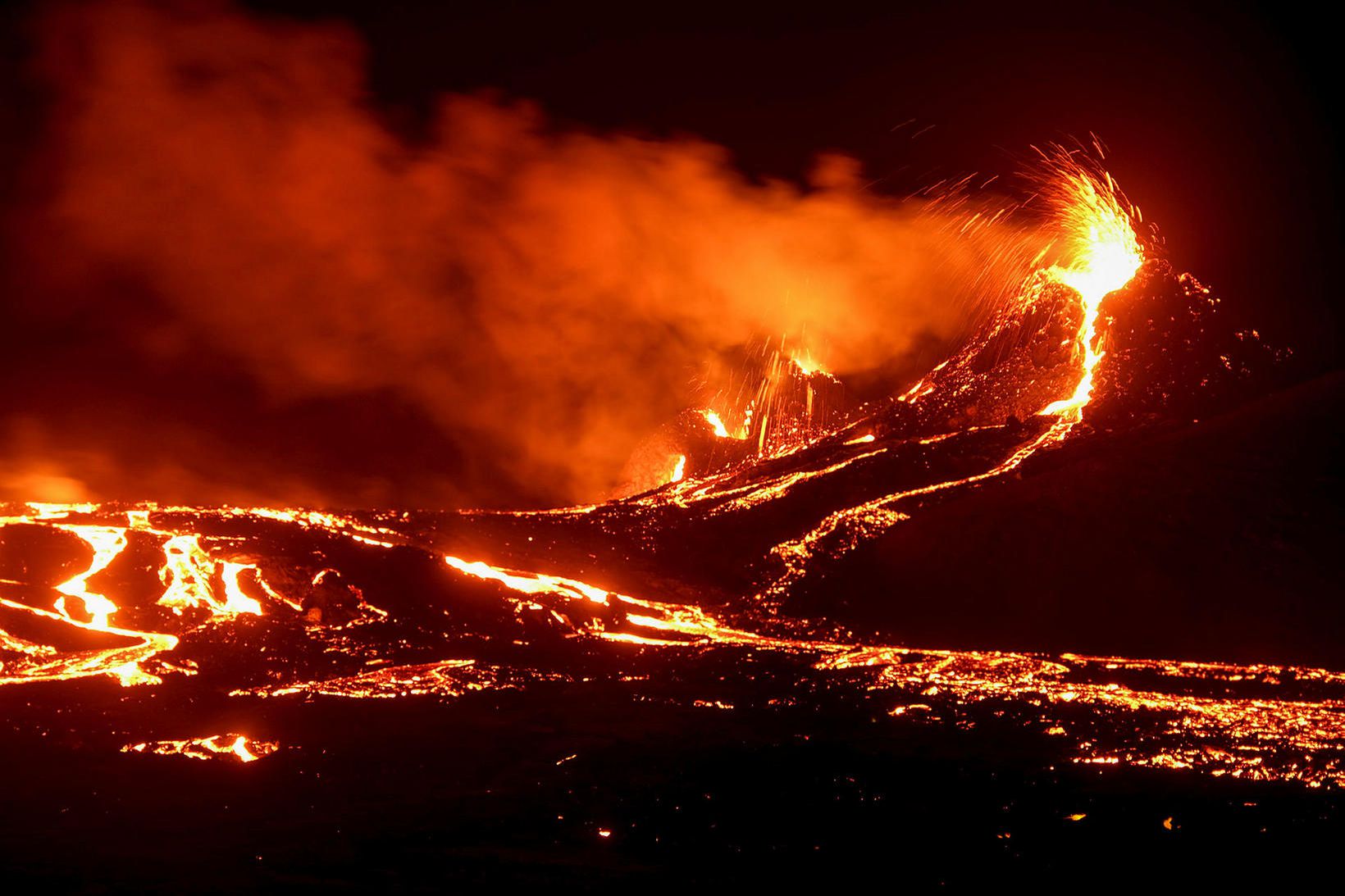“This is a relatively primitive basalt and different from what occurred in fissure eruptions on the Reykjanes peninsula on 9-13. Century. It looks a bit like a mound of eruptions in older mounds on the peninsula, “says dr. Guðmundur Heiðar Guðfinnsson, geologist at the Institute of Natural Sciences at the University of Iceland.

He detected magma from the eruption in Fagradalsfjall. It has more characteristics of ocean ridge basalt than is usually found in Iceland. The fact that the magma is primitive means that it has been relatively short in the earth’s crust since it came out of the mantle.
In the next few days, results from trace element analyzes are expected, which say more about the magma. The composition of glass and crystals indicates that the magma was 1,180-1,190 ° C hot or about 20 ° C hotter than the Holuhraun magma when it appeared.
Source: mbl.is
